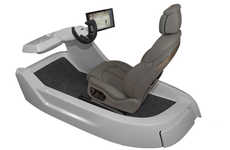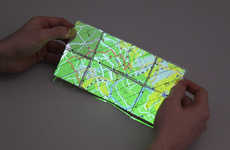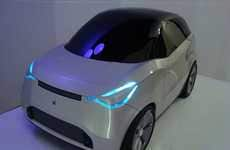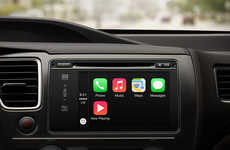
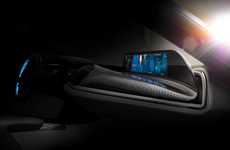
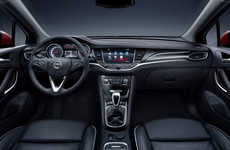
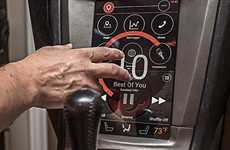
As digital integration expands, cars receive touchscreen features to stay connected
Implications - As a reliance on technological efficiency continues, digital adaptability moves into more mature, adult experiences to satiate convenience at all ages. Seeking methods of social integration, consumers are turning to in-car apps and touchscreen enhancements to maintain connectivity through more tactile methods of on-the-go routine. Tactile car enhancements speak to a desire to maintain technological integration through more sensory, yet easily adaptable methods of auto engagement.
Trend Themes
1. Tactile Enhancements - As consumers seek more sensory, less obtrusive ways to interact with cars, businesses can create more tactile touchscreen interfaces and apps that increase connectivity without sacrificing convenience.
2. Smart and Connected Cars - Demand for internet-connected cars will continue to grow, prompting the development of better and more affordable smart car technology to attract millennial drivers.
3. Gesture and Voice Control - Gesture-based and voice-controlled systems will continue to permeate auto technology, eventually becoming the norm for non-driving related features within the industry.
Industry Implications
1. Automotive - The automotive industry can capitalize on consumers' desire for innovative features, such as built-in WiFi, smarter digital features, and touchscreen interfaces, to provide a better driving experience.
2. Technology - The technology industry can develop and improve upon gesture-based and voice-controlled systems that enhance non-driving features in smart cars.
3. Mobile - Smartphone companies can partner with auto manufacturers to develop seamless integration between phone and car features, such as the ability to use Apple products without having them attached in the vehicle.











